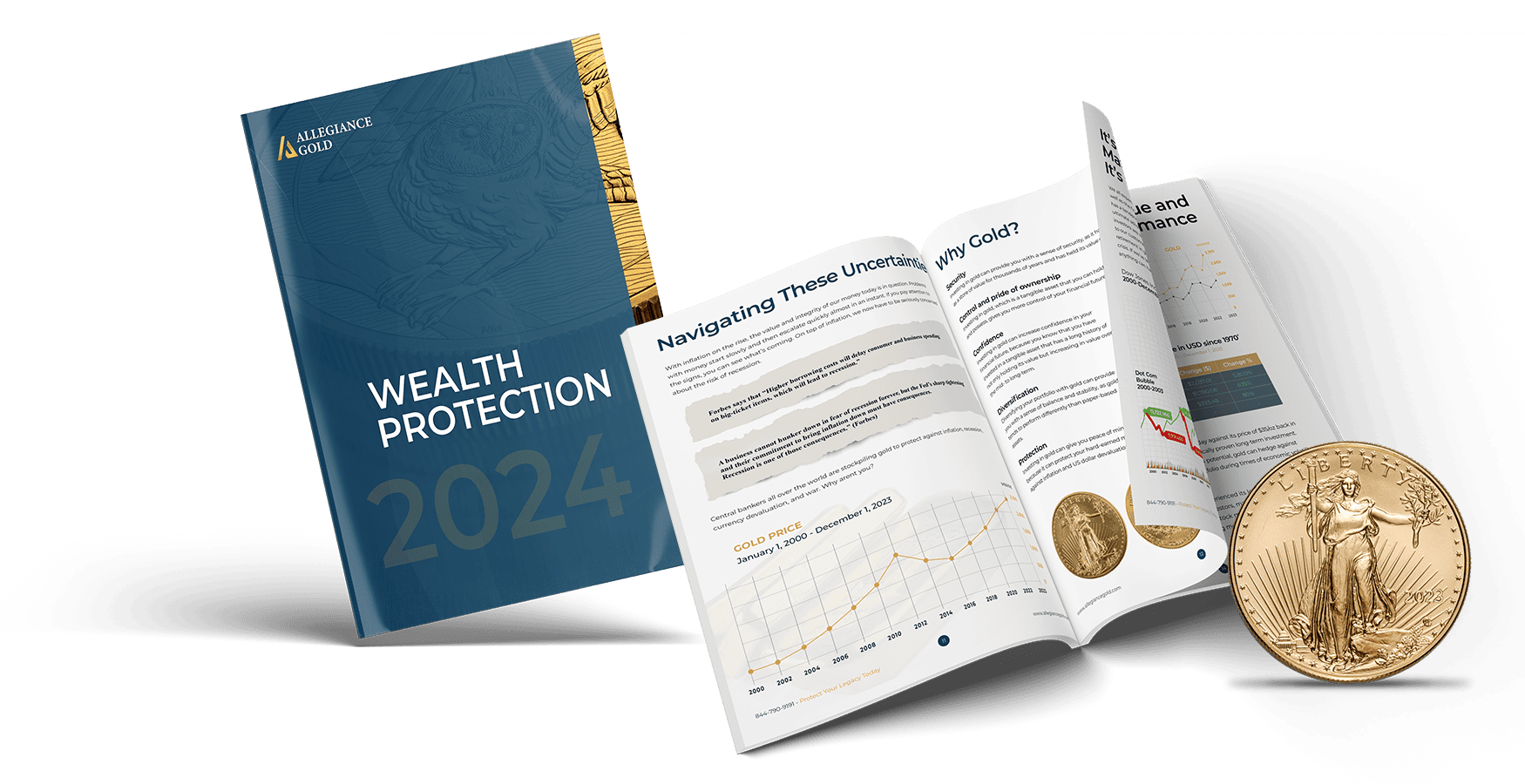With careful planning, it is possible to lead a fulfilling life for yourself and your family with the proper amount of retirement savings. Here’s everything you need to know to retire comfortably with peace of mind.
After years of devoting our life and hard work to a stable career, we all dream of having the personal and economic freedom to spend the golden years of our retirement with loved ones. To have the proper amount to live comfortably after retirement, careful planning will lead to a fulfilling life.
How Much Do I Need To Retire Comfortably?
The amount of money you need to retire comfortably depends on many factors. According to the Employee Benefit Research Institute, nearly half of Americans have not even tried to calculate how much money they need to retire, presumably because they don’t want to know the number in question. Many experts say to save between 15 and 20 percent of your annual income each year, but that’s not always possible.
A universal rule of thumb is to replace 60% to 70% of your annual income before retirement. This can be replaced by using a combination of social security benefits, pension (if applicable), distributions from a retirement account(s), liquid savings, investment, and other sources of income such as rental property, interest, and or dividend on existing investments. In addition to the income, it’s equally important to consider your on-going and variable expenses. Recurring expenses include a mortgage (if it’s not paid off), other installments loans such as a vehicle, health insurance, living needs, and property tax. Your variable expense includes travel and leisure. If you want to travel every year frequently, you will need to replace a higher percentage of your income pre-retirement and consider minimizing some of the recurring expenses such as paying off your mortgage and debts in general.
Another method of ensuring you have enough for retirement is calculating your future expected annual expenses during retirement and multiplying that by the number of years you plan to live in retirement such as 30 years. It’s a good idea to be conservative in your estimates — estimate up, not down. Then add some amount for unplanned emergencies, and that gives you some idea of how much you need to retire at the desired lifestyle.
When Should I Start Saving for Retirement?
No one ever says “I wish I had saved less for retirement.” Building up a nest egg for retirement takes time, and in general, the earlier you start in your working years, the better off you’ll be as you reach retirement age. The power of compound interest along with your contributions during your peak earnings years goes along way. In addition to a 401(k), an IRA is one of the most popular ways to save for retirement given its large tax advantages. You can put in up to $5,500 a year if you are under 50 and $6,500 if you are above 50.
You can count on the trustworthy Allegiance Gold executives to assist you with any questions you have about when you should start saving.
IRS Contribution Rules and Limits
If you are eligible to make an annual IRA contribution, you may contribute up to the maximum of $5,500 if under age 50, or up to $6,500 if age 50 or over. As long as you do not exceed your maximum limits, you may contribute as often as you like during the year.
With a Simplified Employee Pension (SEP), your annual contribution limit increases up to $54,000. In addition to the SEP, you could also consider making an additional annual IRA contribution of $5,500 (or $6,500 if age 50+).
The deadline for making an IRA contribution is generally April 15, if contributing for the prior tax year. If contributing to the current tax year, your contribution can be made as early as January 1.
Effects of Inflation on IRA
As inflation rises (and it always does over long periods of time), the same amount of money doesn’t buy the same number of goods. For example, in the early 1900s, a loaf of bread costs about 5 to 10 cents. In the early 2000s, that same amount of bread can cost $2.50 or more. And the Bureau of Labor Statistics notes that from 2000 to 2018, the price of bread rose on average about 66 percent.
In 1958, a movie ticket cost about $1. Today, the average is more like $10. Your dollar doesn’t buy as much today as it did decades ago (or even a few years ago).
Inflation does have an impact on all investments, as the dollars you earn today on those investments buy less in the future. However, precious metal investments, and especially gold, can provide some buffer against inflation simply because they increase in value at such a consistent pace. In some cases, gold’s value increases in line with or ahead of inflation.
The experts at Allegiance Gold can help you understand more about how your Gold IRA works within the overall economy.



 Custom Precious Metals IRA
Custom Precious Metals IRA Gold IRA
Gold IRA Gold Products
Gold Products Silver Products
Silver Products Platinum
Platinum